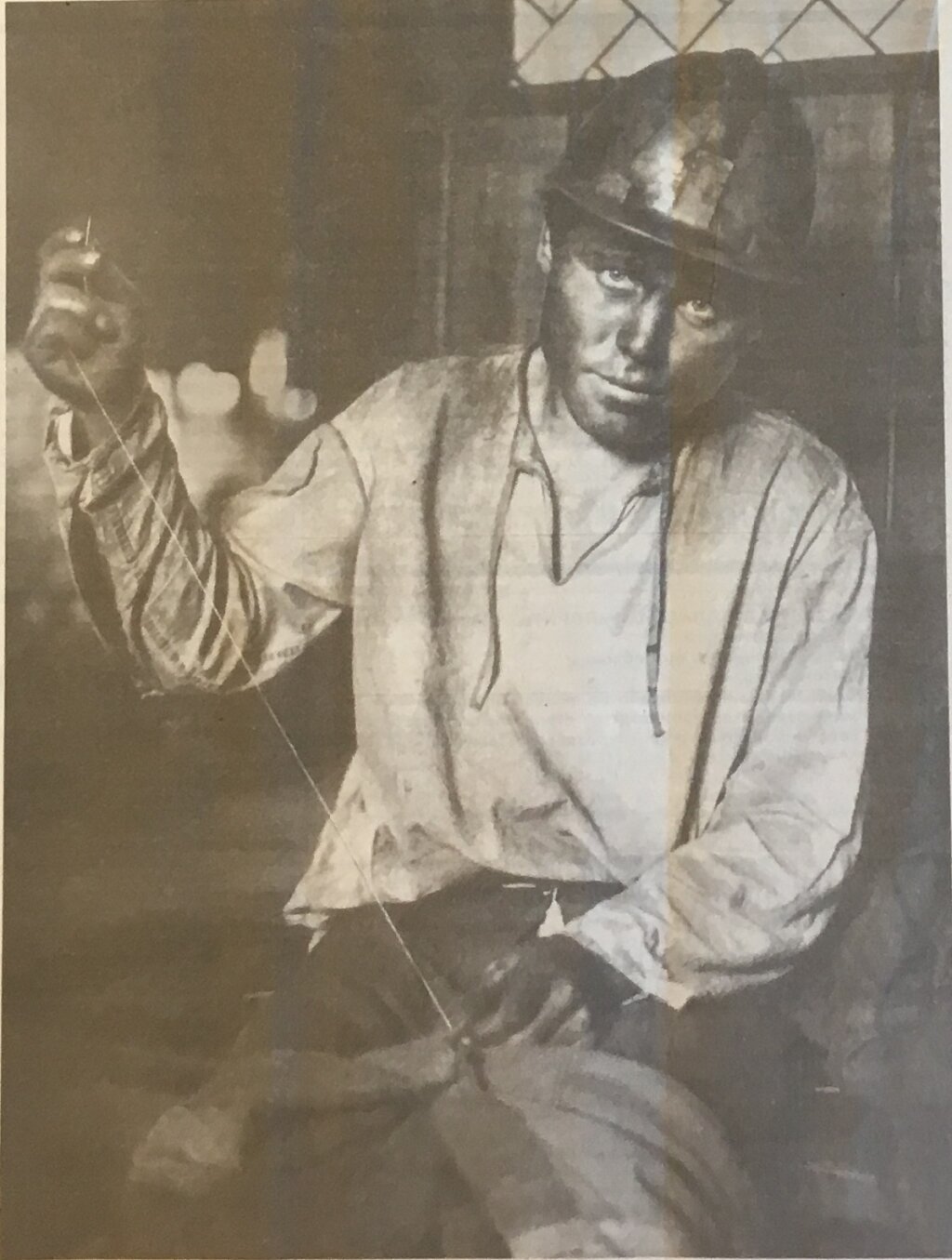This is Part II of a two-part series. Part I may be found here.
Natalia Koulinka is a Ph.D. candidate in the Department of History of Consciousness at the University of California, Santa Cruz. Her recent article, “A Portrait of the Worker against the Backdrop of the Soviet Union’s Collapse,” appeared in the journal East Central Europe 46(1): May 2019.
Based on my analysis of newspaper articles surrounding the aftermath of the 1989 miners' strikes, I concluded, in particular, that the strikes represented a proto-class struggle. As is well known, one of the strikers’ main demands was directed against bureaucrats. In 1989, for example, Izvestiia [News] reported the results of survey conducted in 17 Donbass mines. Researchers asked striking miners what decision they would make first if ever they, personally, were appointed mine director. Seventy-five percent of respondents replied that they would shrink the managerial apparatus. When asked about the changes they would make as ministers, 73 percent voted to liquidate territorial production associations entirely, or at least reduce their quantity.
In their demands to thin the ranks of mine employees, strikers used the word “bureaucrat” to describe them. However, it is not immediately clear whom they actually meant when they used this word. The following example from a 1989 issue of Izvestiia offers some clarification. The newspaper published a reportage from a Kuzbass mine that did not go on strike, though its workers participated in rallies. Izvestiia's specific focus in this issue was a confrontation between the miners and the “bureaucrats” at the mine. It explained,
True, at rallies and meetings there were proposals to remove the slackers and loafers entrenched in the offices of the Production Association … but [additional information revealed] that engineers and managers had made it possible to innovate within the mine, to establish it on the international market, to solve a whole range of housing and social problems, and to consolidate the mine’s financial situation.
By describing the benefits the mine accrued thanks to its specialists and white-collar employees, the passage points to the intellectual nature of work performed by those the miners called “bureaucrats.” This modification to the term's meaning suggests, I argue, that at the core of the 1989 strikes was a tension between intellectual and manual labor that transformed the strikes into proto-class struggle.
This conclusion is also supported by the work of Michael Burawoy, Simon Clarke, Peter Fairbrother, and Pavel Krotov, who recorded their personal interactions with strikers in a book, 1993's What About the Workers? In that volume, the researchers explain:
The cultural gulf between the working class and the liberal intelligentsia was widened by perestroika, which presented itself as a movement of the production intelligentsia to reform an economy held in stagnation by a ‘social contract’ between bureaucratic administrators and a ‘lumpenised’ proletariat. The whole emphasis of perestroika for the working class was on improving labour discipline, increasing work motivation, dismissing workers, and strengthening managerial initiative and authority. The liberal intelligentsia was as uncomfortable as were conservative bureaucrats in the face of a workers’ movement that challenged managerial authority with demands for higher pay and improved living and working conditions, without any compensating commitment to harder work or higher productivity.
By 1991, I claim that the miners' strikes represented a classical subordination of a workers’ movement to the demands of the liberal intelligentsia. Several examples illustrate that this is the case. The first involves substitutions in the meanings of key concepts, facilitated by the entwining of two contextual discursive streams. In 1991, as in 1989, strikers wanted to get rid of bureaucracy. However, by 1991, this word no longer signified the same ideas as in 1989. Even as some strikers continued to associate its meaning with local conditions in their mines, liberal politicians and the intelligentsia, along with the strikers' leaders, took aim instead at Soviet structures they collectively presented as “unnecessary.”
In his Hot Coal, Cold Steel (1997), Stephen Crowley gives a similar example related to the word “market.” He points out that the concept of market “had different meanings for miners in the Kuzbass and the Donbass than it did for liberal economists and intellectuals in Moscow." For miners, he writes, “the market meant workers’ ownership and control rather than traditional capitalism." Ultimately, Crowley notes the role played by the intellectual environment, and the intelligentsia more generally, in the transformation of miners’ demands:
While many of the ideas the miners put forth arose from their own ranks, particularly during the 1989 strike, arose from within their own ranks, particularly during the 1989 strike, exposure to intellectual critiques and condemnations of communism and expression of alternative political and economic arrangements clearly had an impact.
Both Izvestiia and Literaturnaia Gazeta [Literary Gazette] recorded the progress of this impact. Thus, in 1991, Izvestiia described how events unfolded in the Kuzbass. “Needless to say,” one article's author wrote, “contact with sophisticated members of the intelligentsia — engineers, technicians, scientists, and social scientists" had “great potential [...] for a working-class movement; [Finally this contact] occurred […] and produced results: an advisory center was established at the Council of Workers’ Committees.”
Literaturnaia Gazeta pointed to another aspect of the transformation that intelligentsia contacts engendered among workers. In 1991, it published an interview with a member of the Democratic Russia movement. This member stated that changes in the workers’ movement resulted from its close collaboration with liberal-democratic politicians and intellectuals. Many workers, she stated,
understand that talk about the proletariat's special role as the vanguard class is nothing more than propaganda aimed at splitting society apart. This understanding manifests itself in the rapprochement between miners and Democratic Russia. If, not so long ago, they trusted neither the Democrats nor the Communists, now the difference between the democratic movement and the workers’ movement is exclusively a tactical one.
In conclusion, in the Soviet Union, the late 1980s and early 1990s were sites of bifurcation where decisions about the country's future development had to be made. My analysis of the strikes suggests that workers tended to be left voiceless in that process. Seen against this background, their bitter disappointment in the results of post-Soviet transformation should come as no surprise.



